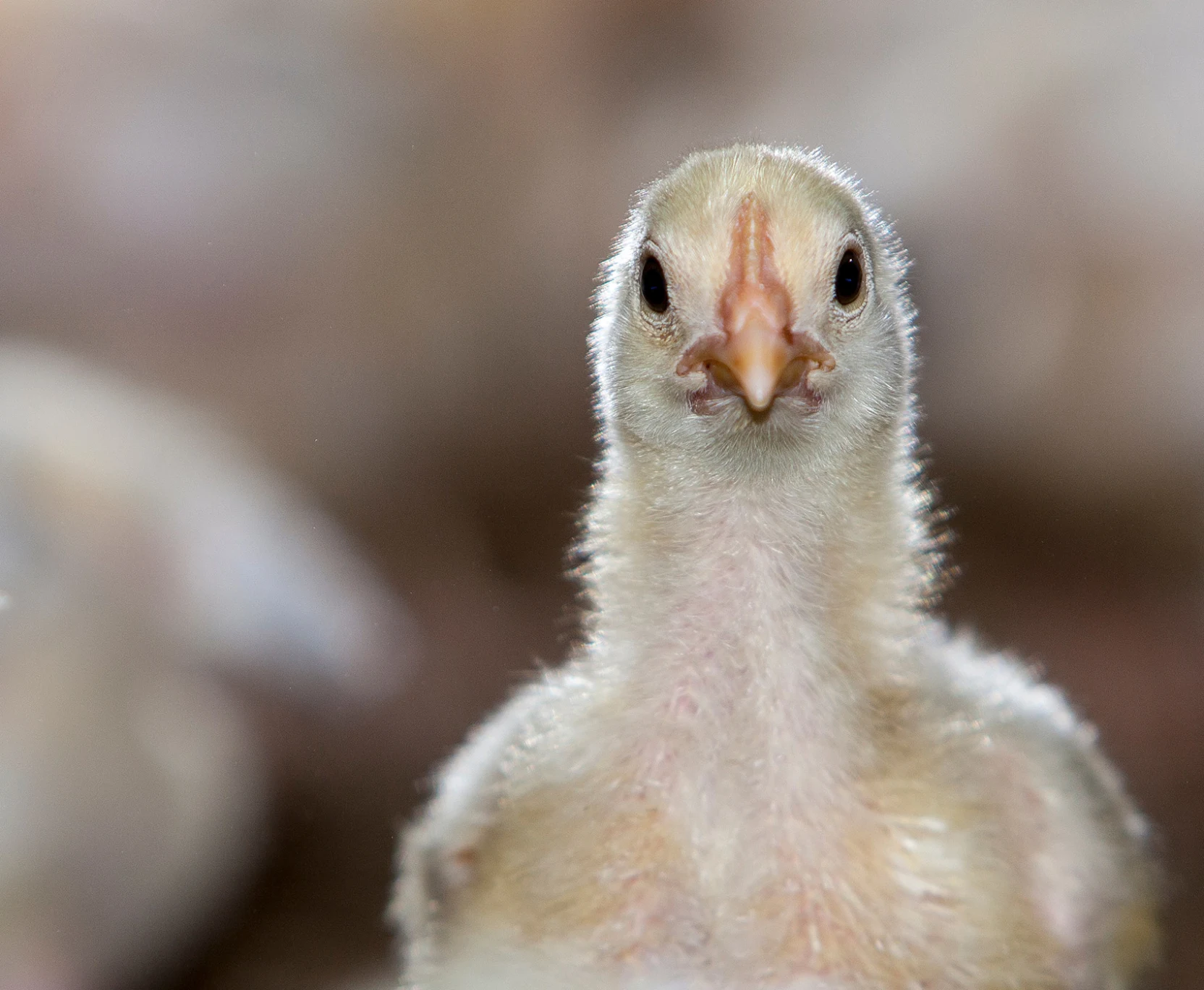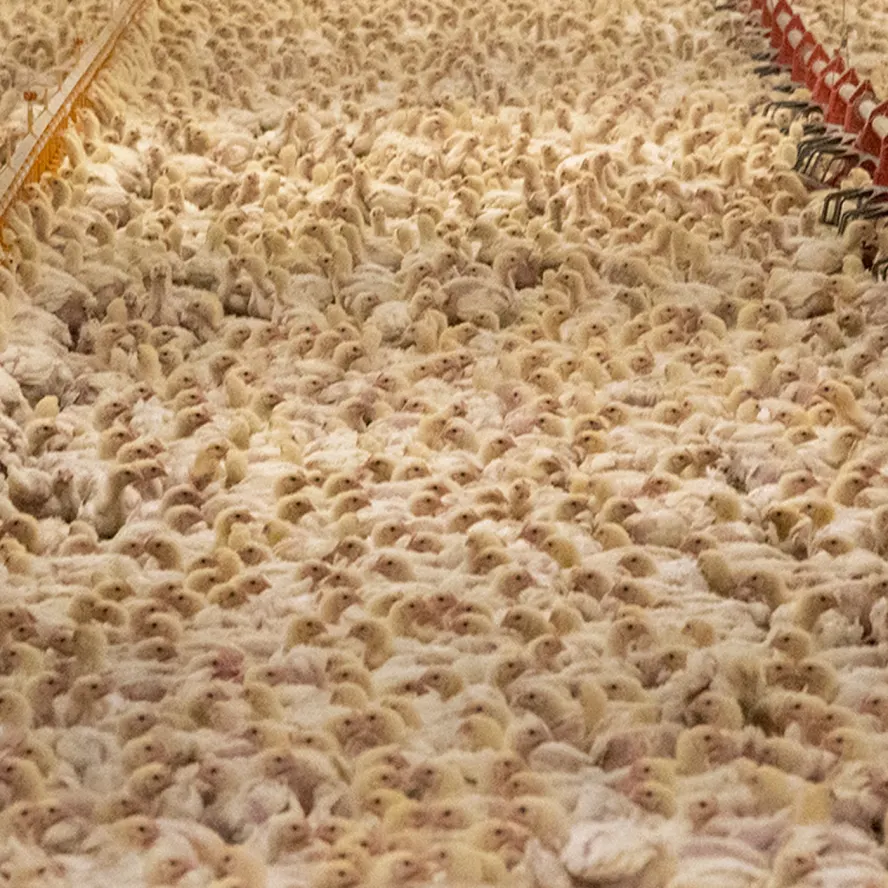1. Swedish Board of Agriculture (2025) Animalieproduktion. Annual and monthly statistics – 2024:12.
2. Svensk Fågel. Production chain.
3. European Commission (2017) Study on the application of the broilers Directive and development of welfare indicators: Final Report DG SANTE Evaluation Framework Contract Lot 3 (Food Chain).
4. Regulations amending the Swedish Board of Agriculture's regulations and general advice (SJVFS 2019:23) on poultry keeping in agriculture etc. , SJVFS 2024:8, item no L 111.
5. Council Directive 2007/43/EC laying down minimum rules for the protection of chickens kept for meat production.
6. Waldenstedt, L. (2007) A survey of movement disorders and bone health status in Swedish chickens. Final report Swedish Board of Agriculture.
7. Wilhelmsson S. et al. (2019) Welfare Quality® assessment of a fast-growing and a slower-growing broiler hybrid, reared until 10 weeks and fed a low-protein, high-protein or mussel-meal diet. Livestock Science 219: 71–79.
8. EFSA Panel on Animal Health and Welfare (2023) Welfare of broilers on farm. EFSA Journal 21(2): e07788.
9. Swedish National Food Agency. Personal message 2020 and 2024.
10. Swedish National Food Agency (2010) Djurskydd vid slakt - ett kontrollprojekt. Report 16–2010.
11. EFSA (2004) Welfare aspects of the main systems of stunning and killing the main commercial species of animals. The EFSA Journal 45: 1–29.
12. Swedish Animal Welfare Authority (2006) Djurskydd vid svenska fjäderfäslakterier. Report 2006:02.






